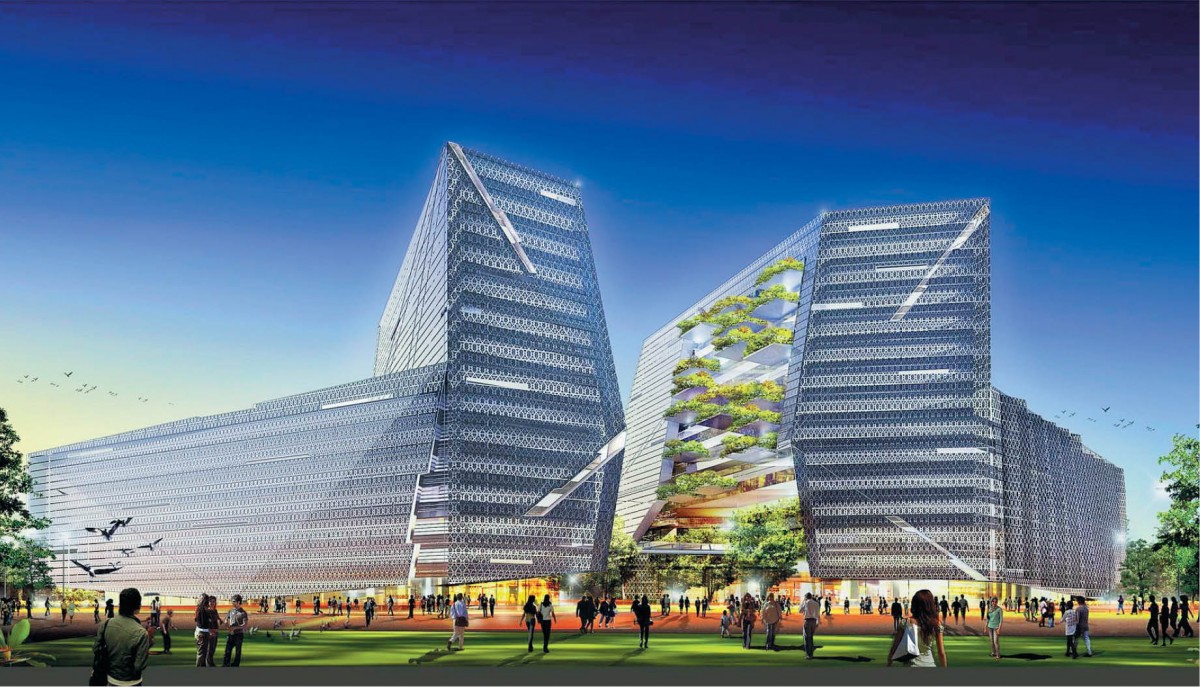
A WELL-DESIGNED building could bring tangible benefits to the local community by improving their economy, environment and social well-being.
One example is the Post-war Collective architecture, designed by Sri Lanka-based Robust Architecture Workshop co-founder Milinda Pathiraja, which has achieved its objective of reintegrating former soldiers back to post-war Sri Lankan society.
The project, an eco-friendly community library in Ambepussa, Sri Lanka, which was built by rammed-earth walls and recycled materials, has been completed and opened at the end of last year.
“After 30 years of civil war, we have a large military workforce that doesn’t have any skills. The objective of engaging them into this project is to transfer the knowledge and building skills to them through constructing a real building for the community,” Milinda tells TheEdgeProperty.com.
He notes that although robust development activities have taken place in Sri Lanka, the country has a shortage of skilled workers in the construction industry.
By training the soldiers and equipping them with a new skill set, it could open up more job opportunities for them as well as benefit the local community with a new library for the children, he says.
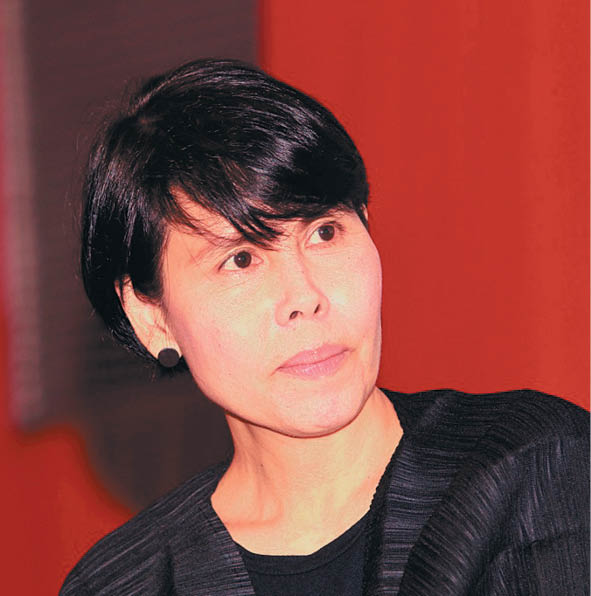
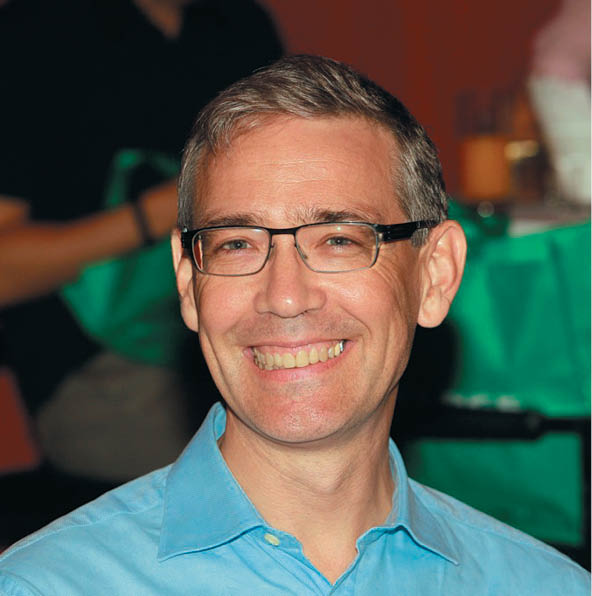
This project won the LafargeHolcim Awards Global Silver winner for Sustainable Construction in 2015. Milinda and a few fellow past winners of the LaFargeHolcim Awards were in Malaysia recently to share more about their winning projects.
Architecture intervention could also help the public appreciate nature and raise awareness about conserving the environment. For instance, the 2014 LafargeHolcim Awards Asia Pacific Gold winning project named “Protective wing, a bird sanctuary” in Chiang Mai, Thailand by Jariyawadee Lekawatana aims to transform a plot of unused agriculture land into a bird habitat, which could in future serve as an education centre for children and the general public.
The project, which started in 2011, will create an eco-system to attract birds which includes the planting of more trees and cleaning of the lake.
“In this project, we are not just architects who work on our own and stick to our own judgement on the construction process. We have to engage with the owners and bird experts to understand the eco-system and improve our design,” says Jariyawadee, who is the principal architect of Architectkidd Thailand.
Although the project is still in progress, it has already drawn the local community’s attention as a series of activities has been organised, such as bird-watching, as well as activities for children.
“Through observing and understanding how the eco-system works, people learn to love nature and its flora and fauna including birds,” Jariyawadee explains.
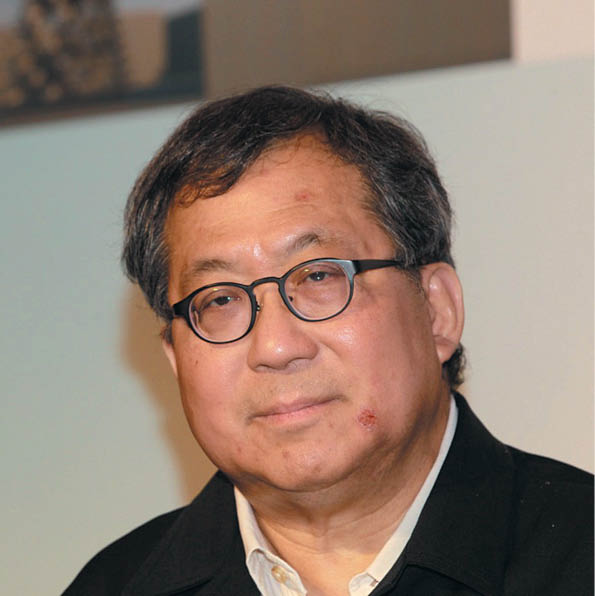
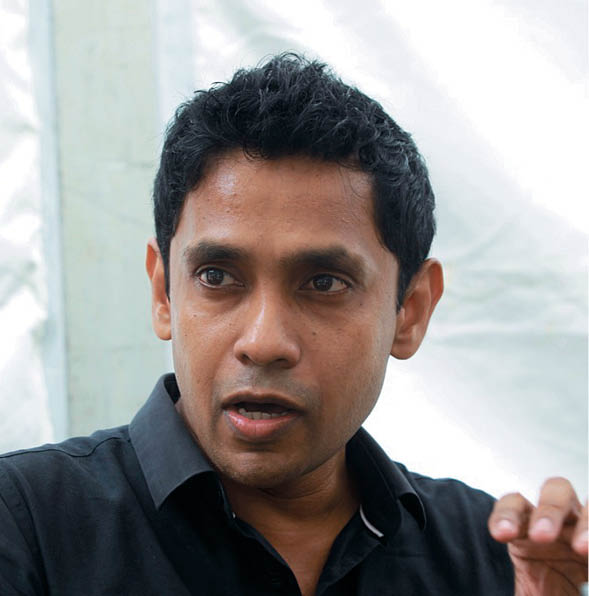
Meanwhile, TR Hamzah and Yeang principal architect Datuk Ken Yeang concurrs that architects are now more aware of their role in educating the public through their buildings and hence are designing more sustainable architecture.
“Sustainable architecture must fulfil three criteria — it must work well (function), be cost- manageable and aesthetically-fulfilling. These attract people to love and want to use the building,” says the Asia Pacific Bronze winner of the 2012 LafargeHolcim Awards.
Yeang’s winning design then was for a 14-level ecologically-designed retail and commercial building named Sasana PJH in Putrajaya, Precinct 2, Malaysia, which will be built using eco-friendly state-of-the-art technology.
In this building, vegetation is actively integrated into the building to reduce energy consumption, provide solar shading, and create comfortable spaces. There is a double-skin façade which acts as a ventilated air cavity to improve thermal performance.
The 5th International LafargeHolcim Awards
The LafargeHolcim Awards is organised by the LafargeHolcim Foundation for Sustainable Construction based in Switzerland to acknowledge the hard work of architects and to encourage the flow of creativity and reward outstanding ideas.
Established since 2005, global online submissions for the latest and 5th instalment of the competition will close on March 21, 2017. Covering five geographic regions, each will have its own jury of renowned specialists from the science and business society. The five regions are Europe, North America, Latin America, Middle East and Africa, and Asia Pacific.
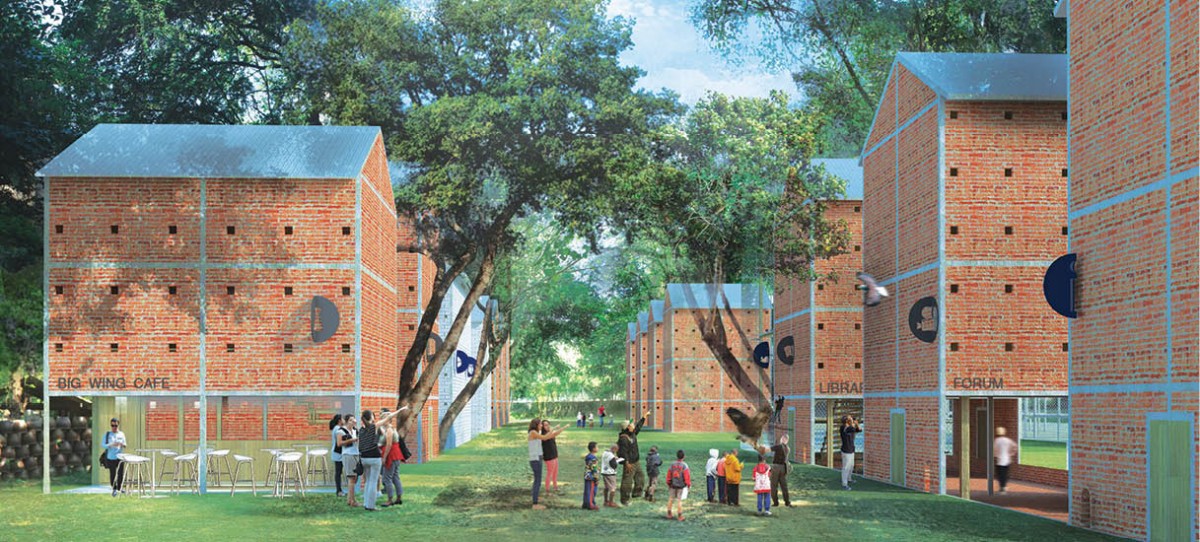
The awards is open for submissions from architects, urban design planners and engineers on projects and design concepts that focus on smart solutions for cities and the built environment. It offers US$2 million (RM8.94 million) in cash prizes.
Lafarge Malaysia president and CEO Thierry Legrand urges Malaysian architects to participate in this global competition which recognises innovative projects and future-oriented concepts on the regional and global levels. He says participants are encouraged to submit their visionary concepts and bold ideas, irrespective of the probability of actual implementation.
Projects are evaluated according to the region in which they are to be built, and are measured against five target issues for sustainable construction, namely progression (innovation and transferability), people (ethical standards and social inclusion), planet (resource and environmental performance), prosperity (economic viability and compatibility) as well as place (contextual and aesthetic impact).
The regional winners will be announced in a series of five consecutive award ceremonies in the second half of 2017.
The 15 projects that receive Gold, Silver or Bronze in the regional levels will automatically qualify for the Global Awards, which will be presented in mid-2018.
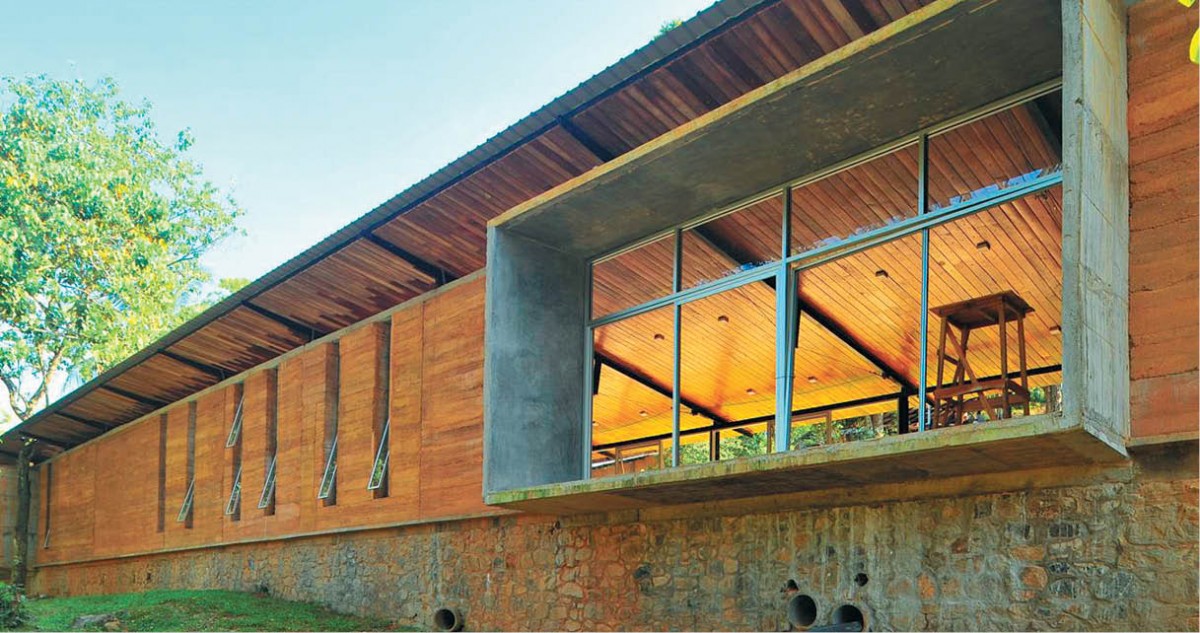
This story first appeared in TheEdgeProperty.com pullout on Jan 13, 2017, which comes with The Edge Financial Daily every Friday. Download TheEdgeProperty.com pullout here for free.
TOP PICKS BY EDGEPROP
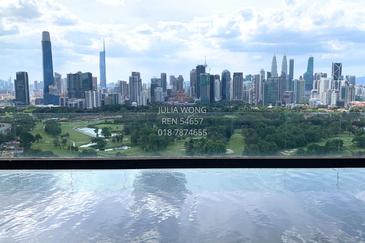
Sentrio Suites (Sentrio Pandan)
Desa Pandan, Kuala Lumpur
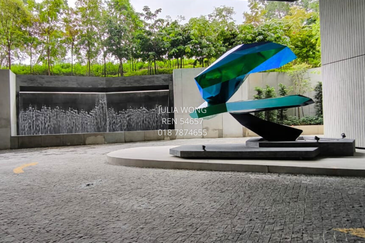
The MET Corporate Towers
Mont Kiara, Kuala Lumpur

Astana Alam Apartment
Bandar Puncak Alam, Selangor
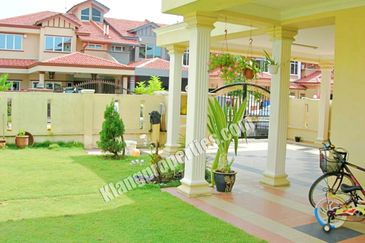
Bandar Botanic
Bandar Botanic/Bandar Bukit Tinggi, Selangor
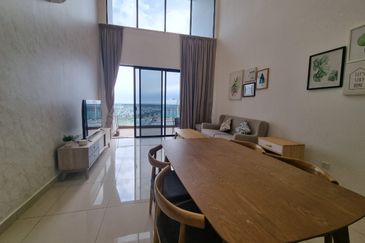
The Parque Residence @ Eco Santuary
Telok Panglima Garang, Selangor
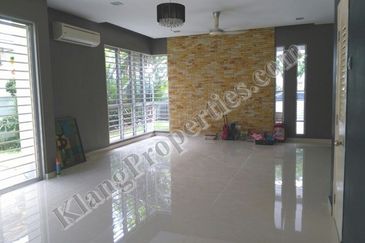
Bandar Botanic
Bandar Botanic/Bandar Bukit Tinggi, Selangor

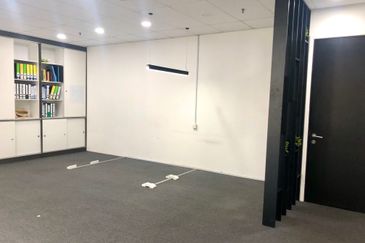

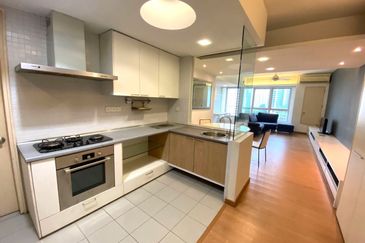

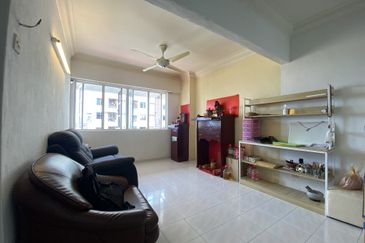
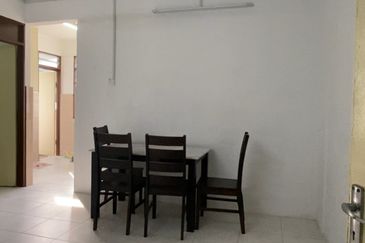

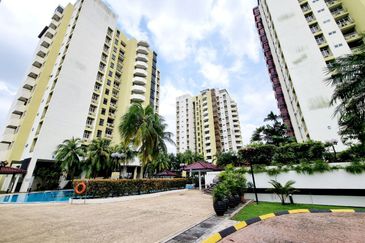
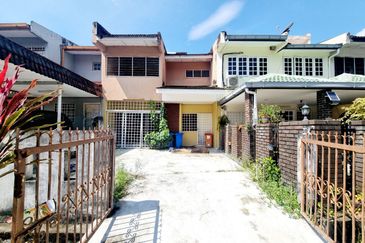
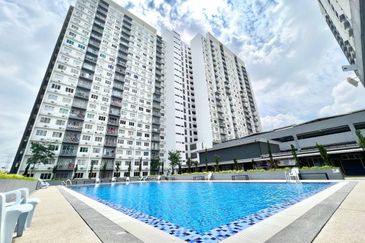

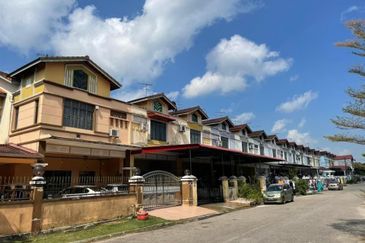
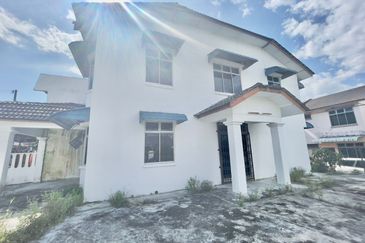
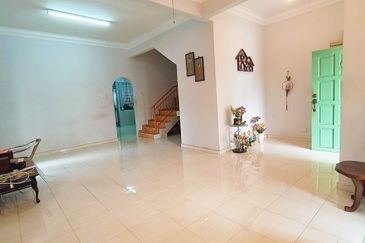
hero.jpg?GPem8xdIFjEDnmfAHjnS.4wbzvW8BrWw)



